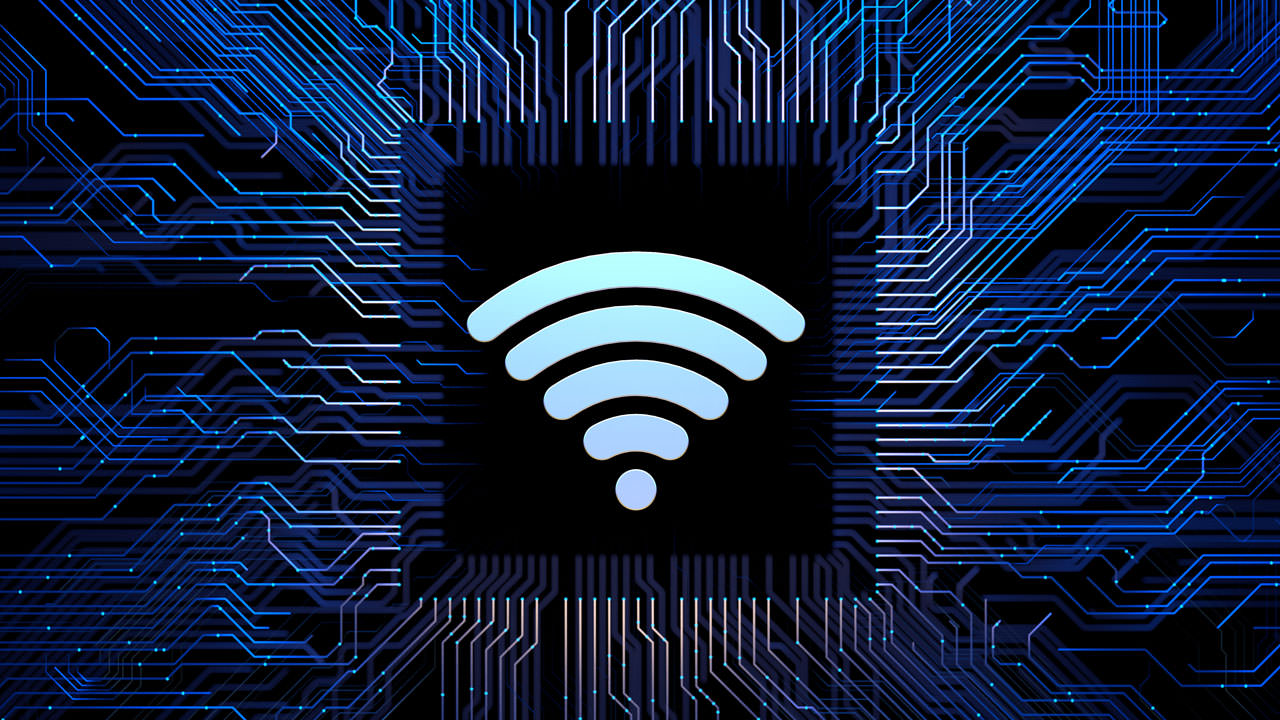Industry NewsNovember 15, 2023
New Wi-Fi 7 Wireless Broadband Alliance Report Findings

Wi-Fi 7 will enable consumer, enterprise, Industry 4.0, medical, smart city and other applications that are impractical or impossible with other wired and wireless technologies, providing twice the bandwidth and three times the speed of Wi-Fi 6, deterministic network support, and more
The Wireless Broadband Alliance (WBA) announced the public release of Get Ready for Wi-Fi 7: Applying New Capabilities to the Key Use Cases, a report that explores how this new technology will transform how people worldwide live, work and play. The report is available as a free download from WBA.
Based on the IEEE 802.11be (Extreme High Throughput) standard, Wi-Fi 7 has a wide variety of advanced capabilities that will improve existing use cases or enable new ones that are not possible with existing wired and wireless technologies. The 43-page paper, led by WBA members Broadcom, CableLabs, Cisco, and Intel, explores many of Wi-Fi 7’s major new capabilities and applications, such as:
- Double the bandwidth and three times the speed of Wi-Fi 6, Wi-Fi 7 supports channel widths up to 320 MHz, while Wi-Fi 5 and Wi-Fi 6 are limited to 160 MHz.
- It supports 4k QAM, which is an upgrade over prior standards.
- With wider channels and 4K QAM capabilities, Wi-Fi 7 can deliver speeds over three times faster than Wi-Fi 6. This is critical for enabling whole-home multi-Gigabit Wi-Fi service.
Advanced support for latency-sensitive use cases
Wi-Fi 7 devices can use multi-link operation (MLO) in the 2.4 GHz, 5 GHz, and 6 GHz bands to increase throughput by aggregating multiple links or to quickly move critical applications to the optimal band using seamless switching between links. Fast link switching allows Wi-Fi 7 devices to avoid interference and access Wi-Fi channels without delaying critical traffic. This and other new features also make Wi-Fi 7 ideal for immersive XR/AR/VR, online gaming and other consumer applications that require high throughput, low latency, minimal jitter, and high reliability.
Wi-Fi 7 Industry Trials Program
The WBA is actively collaborating with its members to conduct field trials of these technologies in real-life Wi-Fi 7 networks. These trials are open to all interested industry players and are a crucial platform for mobile device and AP vendors, operators, and service providers to collectively test Wi-Fi 7 capabilities in key deployments scenarios.
In these trials, participants will gain invaluable hands-on, real-world insights into deploying Wi-Fi 7 across operator, residential, and enterprise networks. As with its Wi-Fi 6 trials, the WBA will share comprehensive reports that offer indispensable knowledge and serve as a reference for industry stakeholders.
Tiago Rodrigues, President and CEO, Wireless Broadband Alliance, said: “Get Ready for Wi-Fi 7 showcases the revolutionary capabilities that will enable Wi-Fi 7 to help bridge the digital divide and enable new use cases across consumer, business, education, government, medical, industrial, hospitality, public venues and transportation. WBA and its members are once again leading the way in providing and educating the industry on the next generation of Wi-Fi 7 innovation.”
Gabriel Desjardins, Director of Product Marketing, Wireless Communications and Connectivity Division, Broadcom, said: “With Wi-Fi 7, business, service providers and smart cities now have a new option for quickly deploying enterprise-grade gigabit broadband outdoors, such as to connect buildings around an office campus, apartment complex or downtown. For example, MLO-enhanced multi-link single-radio (eMLSR) mode enables link redundancy to maximize reliability, while MLO simultaneous transmit and receive (STR) mode with 5 GHz+6 GHz bands can meet demanding enterprise backhaul requirements such as 10 Gbps throughput.”
Matt MacPherson, Wireless CTO, Cisco, said: “Wi-Fi has never been a more important technology. Building on the advancements made by the Wi-Fi 6 and Wi-Fi 6E standards, Wi-Fi 7 represents the next big leap towards more deterministic Wi-Fi. The next generation of wireless use cases – AR/VR, autonomous and intelligent vehicles, streaming 4K video – will rely on a trustworthy connection. The Wi-Fi 7 standard will allow Wi-Fi to be that reliable, secure connection that enterprises and service providers need to unlock the next generation of use cases.”
Lili Hervieu, Principal Architect, CableLabs, said: “Wi-Fi 7 will provide higher throughput and reliability and lower latency to deliver a better user experience in residential deployments. These three components are also key pillars of the 10G platform developed by CableLabs and the industry. CableLabs is an active participant in the Wireless Broadband Alliance and is looking forward to participating in the WBA Wi-Fi 7 residential field trial to demonstrate the benefit of the technology.”
Eric McLaughlin, VP & GM Wireless Solutions Group, Intel, said: “Wi-Fi 7 will deliver another major leap in client device capabilities enabling multi-gigabit speed, lower latency, and more robust and deterministic behavior. It will help accelerate innovation for new applications and use cases which will further enhance user experiences across many segments which include personal computing and IoT. As in the past with Wi-Fi 6 and Wi-Fi 6E technologies, we are looking forward to showcasing amazing real-world benefits with industry partners via future WBA Wi-Fi 7 trials.”
About the Wireless Broadband Alliance
Wireless Broadband Alliance (WBA) is the global organization that connects people with the latest Wi-Fi initiatives. Founded in 2003, the vision of the WBA is to drive seamless, interoperable service experiences via Wi-Fi within the global wireless ecosystem. WBA’s mission is to enable collaboration between service providers, technology companies, cities, regulators and organizations to achieve that vision.

